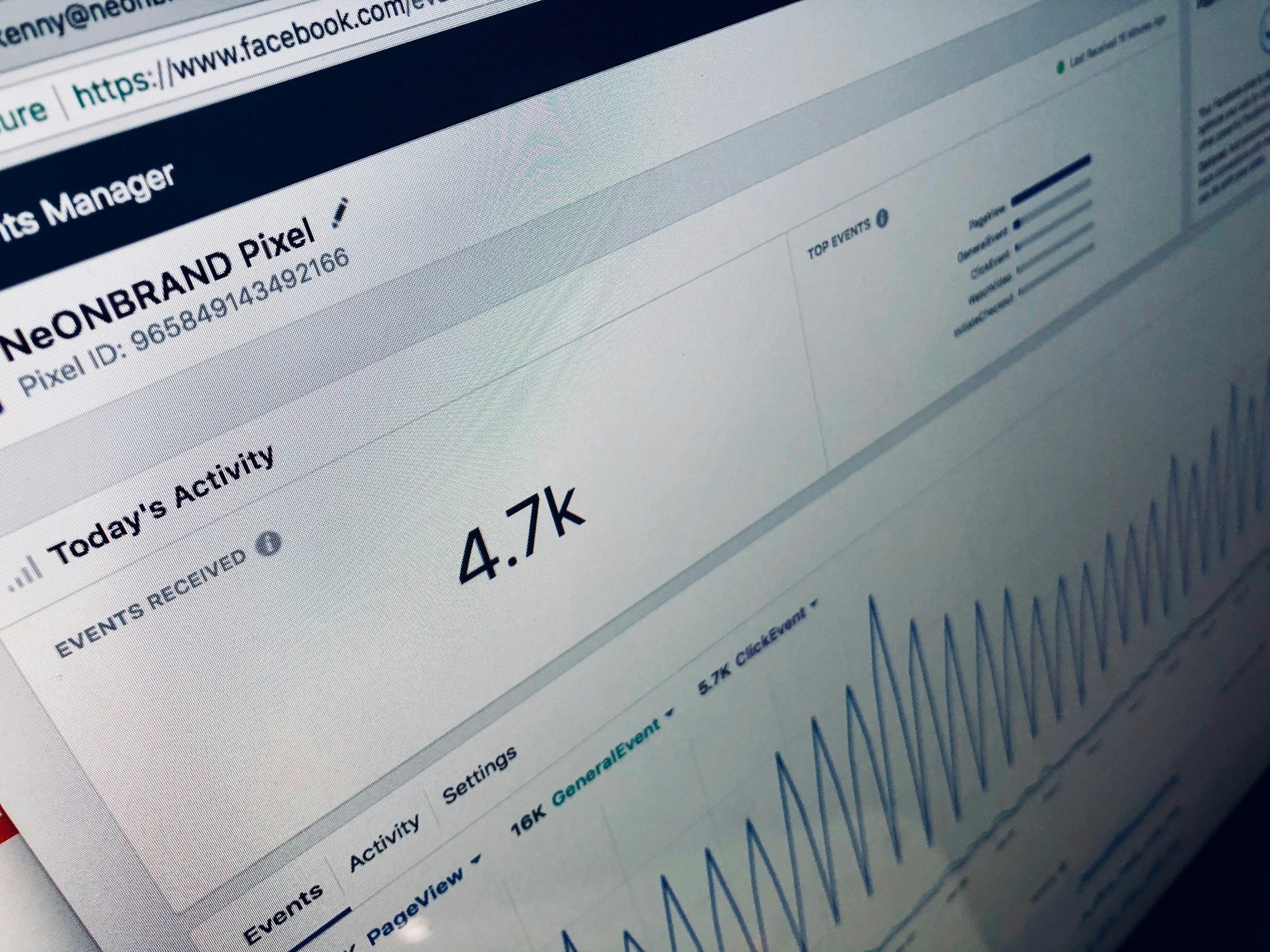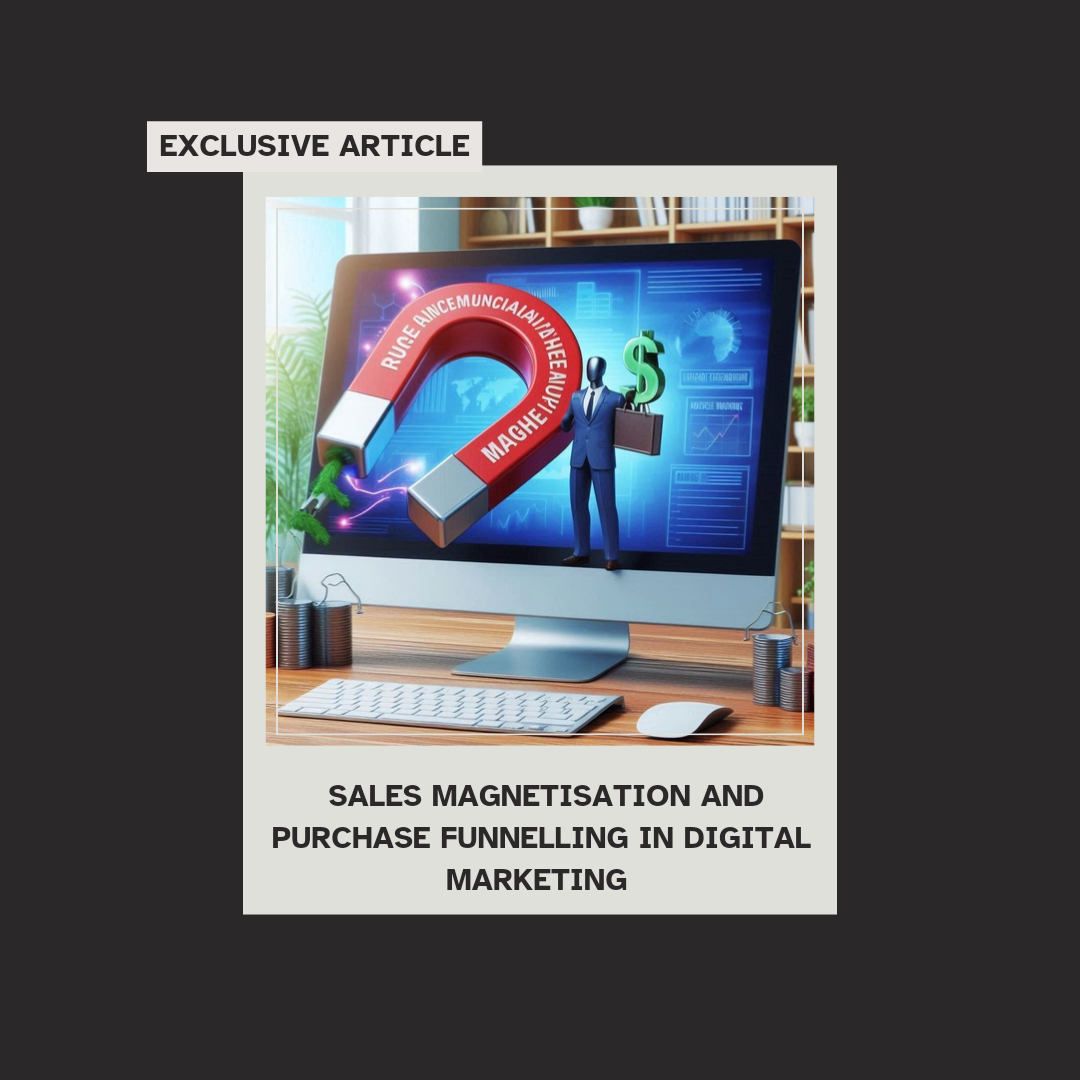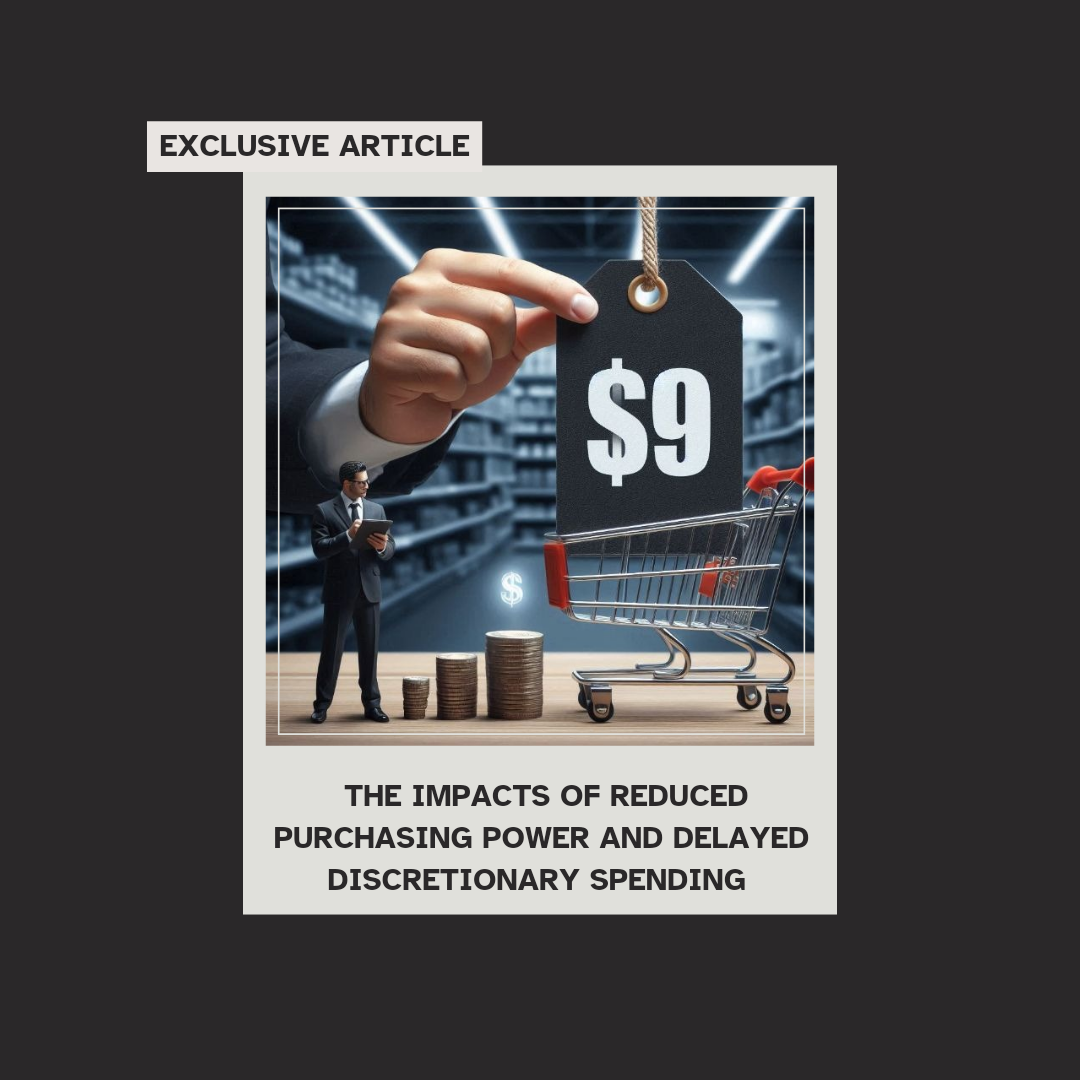Articles
Business and the Economy
EXCLUSIVE
ARTICLES
Make an impact today
Support my free content by contributing a donation.

Business Trade and Tariff Regulations in Controlled Economic Conditions
Business trade and tariff regulations in controlled economic conditions represent a critical framework for managing international economic relations. These regulations are designed to protect domestic industries while ensuring that trade flows are conducive to national economic stability.
In a controlled economy, the government typically intervenes more significantly in the market, utilizing tariffs as a strategic tool to influence both local and global economic activities. Tariffs can serve multiple purposes, such as safeguarding emerging industries from international competition, generating revenue for the government, and promoting local employment. However, they also risk escalating trade tensions and potentially provoking retaliatory measures from trading partners.
Effective regulation in such environments requires a delicate balance. Governments must consider the potential for trade deficits that can arise from overly protectionist measures, impacting the availability of goods and the overall consumer market. Policymakers often engage in negotiations to establish agreements that can lead to preferential tariff rates, fostering better relations while promoting economic growth.
Furthermore, businesses operating under these conditions must navigate a complex landscape of compliance, understanding both domestic regulations and international trade agreements. The ability to adapt to changes in tariff policies is vital, as fluctuations can directly affect supply chain management, pricing strategies, and market positioning.
Overall, successful navigation of business trade and tariff regulations in controlled economic conditions necessitates a thorough understanding of both the regulatory environment and the broader economic implications. This awareness equips businesses to adapt strategically while fostering an environment conducive to sustainable economic growth.

How Weak Consumer Purchasing Power Impacts Controlled Economic Growth
Weak consumer purchasing power significantly hinders controlled economic growth by limiting overall demand for goods and services. When consumers have less disposable income, their ability to spend diminishes, leading to decreased consumption. This reduction in aggregate demand can create a ripple effect across various sectors of the economy, affecting businesses' revenues and growth projections.
For businesses, lower sales volumes can result in reduced profitability, prompting them to scale back investment in expansion or hiring. This stagnation can further exacerbate unemployment rates, creating a cycle where the lack of employment perpetuates weak purchasing power. Consequently, businesses may struggle to innovate or improve efficiency, hampering the overall economic dynamism that is necessary for controlled growth.
Moreover, government strategies aimed at stimulating economic activity through fiscal measures may prove less effective in an environment characterised by weak consumer spending. Policymakers often rely on increasing consumer confidence as a catalyst for growth; however, when purchasing power is compromised, even well-designed fiscal policies may fail to yield the desired outcomes. In this context, a stagnant or declining economy can ensue, where efforts to stimulate growth are repeatedly thwarted by persistent issues in consumer spending capabilities.
To address this challenge, it is essential for stakeholders to identify and implement measures that enhance purchasing power, such as wage growth initiatives, tax reforms, and strategic investments in social infrastructure. By fostering an environment where consumers feel financially secure, both businesses and policymakers can work towards a more vibrant economy that supports sustainable growth.

The Market Analysis in Market Dynamics
Market analysis is a crucial element of understanding market dynamics, as it provides a comprehensive view of the competitive landscape, consumer behavior, and key trends affecting an industry. By systematically examining various factors such as market size, growth potential, and segmentation, businesses can identify opportunities and threats that could impact their strategic decisions.
A well-conducted market analysis begins with the assessment of current market conditions. This includes evaluating both macroeconomic indicators—such as GDP growth, inflation rates, and employment statistics—and microeconomic factors that pertain specifically to the industry, including supply chain logistics, pricing strategies, and consumer demand. By analyzing these elements, businesses can gauge the prevailing market sentiment and predict future movements.
Segmentation analysis also plays a pivotal role in market dynamics. By dividing the market into distinct groups based on demographics, buying behaviors, and preferences, organizations can tailor their products and marketing strategies to meet the specific needs of each segment. This targeted approach not only enhances customer satisfaction but also optimizes resource allocation and maximizes potential returns.
Understanding competitive forces is another critical aspect of market analysis. Insight into competitors’ strengths, weaknesses, market shares, and strategies allows businesses to position themselves effectively within the market. Tools such as SWOT analysis can be employed to assess internal capabilities against external market pressures, helping firms to establish a competitive edge.
Furthermore, market trends and consumer behaviors are continuously evolving. Regularly updating market analysis is essential for organizations to remain adaptable and responsive. This involves monitoring changes in technology, regulatory frameworks, and even cultural shifts that may influence buying patterns. By staying attuned to these dynamics, businesses can innovate and pivot their strategies accordingly, ensuring sustained growth and relevance in an ever-changing marketplace.
In summary, a thorough market analysis is an invaluable tool in navigating market dynamics, enabling businesses to make informed decisions and strategically position themselves for success.

How to Streamline and Improve Supply Chain Efficiency for Competitive Online Advantage
Streamlining and improving supply chain efficiency is crucial for businesses looking to gain a competitive edge in the online marketplace. Here are key strategies to enhance your supply chain operations:
Embrace Technology and Automation: Investing in advanced technologies such as Artificial Intelligence (AI), Internet of Things (IoT), and machine learning can significantly improve supply chain efficiencies. These technologies enable real-time tracking of inventory, predictive analytics for demand forecasting, and automation of repetitive tasks, thereby reducing lead times and operational costs.
Optimize Inventory Management: Implementing just-in-time (JIT) inventory systems can minimize excess stock and reduce holding costs. Combine this with robust data analytics to predict demand more accurately, ensuring that you have the right amount of stock when needed, thus avoiding stock0outs or overstock situations.
Strengthen Supplier Relationships: Developing strong relationships with suppliers can lead to better communication, collaboration, and flexibility. Establishing clear expectations, sharing demand forecasts, and engaging in joint planning can enhance responsiveness and improve overall supply chain performance.
Streamline Logistics and Distribution: Evaluate your logistics network to identify inefficiencies. Consolidating shipments, choosing the most efficient shipping routes, and exploring third-party logistics (3PL) providers can lead to reduced transit times and lower costs. Additionally, adopting an omnichannel distribution strategy allows for more efficient fulfilment of online orders.
Focus on Sustainability: Incorporating sustainable practices within your supply chain can appeal to environmentally conscious consumers. This might involve choosing eco-friendly packaging, reducing waste, and optimizing transportation methods to lower carbon footprints. A sustainable supply chain can also enhance brand loyalty and differentiate your business in a crowded marketplace.
Continuous Improvement Culture: Foster a culture of continuous improvement by regularly reviewing and analyzing supply chain processes. Embrace methodologies like Lean and Six Sigma to identify areas for improvement, eliminate waste, and enhance operational efficiency. Engaging employees at all levels in this process can lead to innovative solutions and a more agile supply chain.
By implementing these strategies, businesses can create a more efficient and responsive supply chain, ultimately leading to enhanced customer satisfaction
Streamlining and improving supply chain efficiency is crucial for businesses looking to gain a competitive edge in the online marketplace. Here are key strategies to enhance your supply chain operations:
Embrace Technology and Automation: Investing in advanced technologies such as Artificial Intelligence (AI), Internet of Things (IoT), and machine learning can significantly improve supply chain efficiencies. These technologies enable real-time tracking of inventory, predictive analytics for demand forecasting, and automation of repetitive tasks, thereby reducing lead times and operational costs.
Optimize Inventory Management: Implementing just-in-time (JIT) inventory systems can minimize excess stock and reduce holding costs. Combine this with robust data analytics to predict demand more accurately, ensuring that you have the right amount of stock when needed, thus avoiding stock-outs or overstock situations.
Strengthen Supplier Relationships: Developing strong relationships with suppliers can lead to better communication, collaboration, and flexibility. Establishing clear expectations, sharing demand forecasts, and engaging in joint planning can enhance responsiveness and improve overall supply chain performance.
Streamline Logistics and Distribution: Evaluate your logistics network to identify inefficiencies. Consolidating shipments, choosing the most efficient shipping routes, and exploring third-party logistics (3PL) providers can lead to reduced transit times and lower costs. Additionally, adopting an omnichannel distribution strategy allows for more efficient fulfilment of online orders.
Focus on Sustainability: Incorporating sustainable practices within your supply chain can appeal to environmentally conscious consumers. This might involve choosing eco-friendly packaging, reducing waste, and optimizing transportation methods to lower carbon footprints. A sustainable supply chain can also enhance brand loyalty and differentiate your business in a crowded marketplace.
Continuous Improvement Culture: Foster a culture of continuous improvement by regularly reviewing and analyzing supply chain processes. Embrace methodologies like Lean and Six Sigma to identify areas for improvement, eliminate waste, and enhance operational efficiency. Engaging employees at all levels in this process can lead to innovative solutions and a more agile supply chain.
By implementing these strategies, businesses can create a more efficient and responsive supply chain, ultimately leading to enhanced customer satisfaction and a significant competitive advantage in the online marketplace.

How To Optimize and Identify Behavioral Changes and Industrial Trends in Online Marketing
In the evolving landscape of online marketing, understanding and optimizing behavioral changes and industrial trends is critical for businesses aiming to maintain competitive advantage. A systematic approach to identifying these behavioral shifts begins with robust data analytics. Utilizing tools such as Google Analytics, social media insights, and customer feedback can provide invaluable information on user interactions and preferences.
Businesses should focus on analyzing engagement metrics, such as click-through rates and time spent on site, to detect subtle changes in consumer behavior. Segmenting audiences based on demographics, purchasing patterns, and engagement levels allows marketers to tailor their strategies accordingly.
Simultaneously, staying attuned to industry trends, such as shifts towards sustainability or increased demand for personalized marketing, is essential. Regularly reviewing market research reports and competitor analysis can help identify these trends early. Engaging in continuous learning through webinars, industry conferences, and networking with peers enables marketers to remain agile in a rapidly changing environment.
Implementing A/B testing for marketing campaigns fosters a culture of experimentation. Marketers can compare different versions of content or ads to determine which resonates better with their audience. This iterative process not only refines current strategies but also uncovers potential emerging trends dictated by consumer preferences.
Finally, leveraging customer relationship management (CRM) systems can enhance a company’s ability to predict behavioral changes through the analysis of historical data. By integrating insights gathered from various touchpoints, businesses can create a holistic view of the customer journey, enabling them to adapt and optimize their marketing efforts proactively.
In summary, the successful optimization and identification of behavioral changes and industrial trends in online marketing hinges on a combination of data analysis, industry research, audience segmentation, and a willingness to iterate and innovate based on real-time feedback and performance
In the evolving landscape of online marketing, understanding and optimizing behavioral changes and industrial trends is critical for businesses aiming to maintain competitive advantage. A systematic approach to identifying these behavioral shifts begins with robust data analytics. Utilizing tools such as Google Analytics, social media insights, and customer feedback can provide invaluable information on user interactions and preferences.
Businesses should focus on analyzing engagement metrics, such as click-through rates and time spent on site, to detect subtle changes in consumer behavior. Segmenting audiences based on demographics, purchasing patterns, and engagement levels allows marketers to tailor their strategies accordingly.
Simultaneously, staying attuned to industry trends, such as shifts towards sustainability or increased demand for personalized marketing, is essential. Regularly reviewing market research reports and competitor analysis can help identify these trends early. Engaging in continuous learning through webinars, industry conferences, and networking with peers enables marketers to remain agile in a rapidly changing environment.
Implementing A/B testing for marketing campaigns fosters a culture of experimentation. Marketers can compare different versions of content or ads to determine which resonates better with their audience. This iterative process not only refines current strategies but also uncovers potential emerging trends dictated by consumer preferences.
Finally, leveraging customer relationship management (CRM) systems can enhance a company’s ability to predict behavioural changes through the analysis of historical data. By integrating insights gathered from various touchpoints, businesses can create a holistic view of the customer journey, enabling them to adapt and optimize their marketing efforts proactively.
In summary, the successful optimization and identification of behavioral changes and industrial trends in online marketing hinges on a combination of data analysis, industry research, audience segmentation, and a willingness to iterate and innovate based on real-time feedback and performance metrics.

How To Identify Your Unique Market Proposition
Identifying your unique market proposition (UMP) is essential for distinguishing your business in a competitive landscape. Begin by conducting thorough market research to understand your target audience's needs, preferences, and pain points. Identify gaps in the market that your competitors may not be addressing.
Next, analyse your strengths and weaknesses in relation to those opportunities. Consider what sets your product or service apart—is it superior quality, innovative features, exceptional customer service, or perhaps competitive pricing?
Engage in direct conversations with your customers to gain insights into what they value most about your offerings. This feedback can illuminate areas in which you excel or where you can improve.
Additionally, evaluate your brand’s mission and core values. Your UMP should resonate not only with your audience but also align with your business philosophy.
Once you have gathered this information, craft a clear and concise statement that encapsulates your UMP. This statement should communicate the unique benefits your business provides and why customers should choose you over the competition. Remember, clarity and relevance
Identifying your unique market proposition (UMP) is essential for distinguishing your business in a competitive landscape. Begin by conducting thorough market research to understand your target audience's needs, preferences, and pain points. Identify gaps in the market that your competitors may not be addressing.
Next, analyse your strengths and weaknesses in relation to those opportunities. Consider what sets your product or service apart—is it superior quality, innovative features, exceptional customer service, or perhaps competitive pricing?
Engage in direct conversations with your customers to gain insights into what they value most about your offerings. This feedback can illuminate areas in which you excel or where you can improve.
Additionally, evaluate your brand’s mission and core values. Your UMP should resonate not only with your audience but also align with your business philosophy.
Once you have gathered this information, craft a clear and concise statement that encapsulates your UMP. This statement should communicate the unique benefits your business provides and why customers should choose you over the competition. Remember, clarity and relevance are key to effectively conveying your distinct position in the market.

Modern Lead Magnets, Product Discrepancy and Perfect Pricing Completion: Part 2
In today's competitive marketing landscape, understanding the dynamics of modern lead magnets, product discrepancies, and perfect pricing completion part 2 is essential for businesses aiming to enhance customer acquisition and retention.
Modern Lead Magnets
Lead magnets have evolved significantly from the traditional eBooks and whitepapers. Today's lead magnets encompass a diverse range of offerings, such as interactive webinars, free trials, and exclusive access to premium content. The key to an effective lead magnet lies in its ability to provide immediate value while aligning closely with the target audience’s pain points. By leveraging insights from customer behaviour and preferences, businesses can craft lead magnets that not only capture attention but also facilitate a seamless transition into the sales funnel.
Product Discrepancy
Product discrepancy refers to the gap between customer expectations and the actual product experience. This discrepancy can manifest in various forms, including differences in perceived value, quality, and functionality. In an era where consumers are more informed and vocal than ever, businesses must ensure that their offerings consistently meet or exceed expectations. Addressing product discrepancies involves thorough market research, ongoing customer feedback loops, and committing to continuous improvement. Companies that proactively manage this aspect can enhance customer satisfaction, foster brand loyalty, and reduce churn rates.
Perfect Pricing Completion
Achieving perfect pricing completion is about finding the optimal price point that reflects the product’s value while remaining competitive. This involves a comprehensive analysis of market trends, customer willingness to pay, and the perceived value of the product. Businesses need to adopt a dynamic pricing strategy that allows for adjustments based on market feedback and changing consumer sentiment. Additionally, effective communication of pricing benefits can help mitigate potential hesitations from customers, reinforcing the value offered. By perfectly aligning the pricing strategy with customer expectations and market dynamics, businesses can optimize conversions and drive revenue growth.
In conclusion, integrating these elements—modern lead magnets, diligent management of product discrepancies, and perfect pricing completion—will empower businesses to create a compelling value proposition in an ever-evolving marketplace.

Conducting Client Analysis for Service Products in a Competitive Market
In today’s dynamic marketplace, understanding your clients is paramount for any business offering service products. Conducting a thorough client analysis involves a comprehensive examination of client needs, preferences, and behaviours to ensure alignment with market offerings. This process not only identifies existing customer segments but also uncovers potential new markets.
1. Defining the Client Profile
Start by creating detailed client personas. These should include demographic information such as age, gender, income level, and geographic location, as well as psychographic factors including interests, values, and lifestyle choices. Understanding who your clients are will aid in tailoring your service products to meet their specific needs.
2. Evaluating Client Needs and Expectations
Conduct surveys, interviews, or focus groups to gather qualitative and quantitative data. This will provide insights into what clients value most in a service product. Questions should uncover pain points and expectations, enabling you to refine your offerings. Consider utilising tools such as Net Promoter Score (NPS) to gauge customer satisfaction and loyalty.
3. Competitive Benchmarking
Analyse competitors in the market. This includes studying their service offerings, pricing strategies, and customer feedback. By understanding how competitors position themselves, you can identify gaps in the market and develop strategies to differentiate your services. This may involve innovating on service delivery, enhancing customer support, or offering unique features that add value for clients.
4. Utilising Data Analytics
Leverage data analytics to gain deeper insights into client behaviour. Tracking online interactions, purchase histories, and engagement patterns can reveal trends and preferences. This data allows for more informed decision-making and the ability to adapt to changing client demands effectively.
5. Developing Client Engagement Strategies
Create targeted marketing and communication strategies that resonate with your client base. Personalisation, through tailored content and offers, is key to fostering engagement. Building a strong relationship with clients not only enhances customer loyalty but also turns them into advocates for your brand.
Conclusion
A robust client analysis serves as the foundation for developing competitive service products. By continually assessing client needs, monitoring market trends, and adjusting strategies accordingly, businesses can stay ahead in a challenging and ever-evolving environment. This proactive approach not only enhances service offerings but also positions the business for sustainable growth in a competitive market.

Correlation between Market Equilibrium, Market Dynamics and Market Demand in Online Marketplace
In the context of an online marketplace, the correlation between market equilibrium, market dynamics, and market demand is critical to understanding how digital economies operate. Market equilibrium occurs when the quantity of goods supplied matches the quantity of goods demanded at a certain price level. This balance is dynamic and can shift in response to various factors, such as changes in consumer preferences, technology advancements, or competitive actions.
Market dynamics encompass the forces that drive changes in market conditions, including consumer behaviour and pricing strategies. For instance, when a new product is launched, initial demand may skyrocket, disrupting the previous equilibrium. If suppliers respond effectively by adjusting prices or increasing supply, a new equilibrium can be established. Conversely, in the face of declining demand—perhaps due to a shift in trend or increased competition—suppliers may need to lower prices or innovate to retain market share.
Market demand itself is influenced by several factors such as economic conditions, marketing efforts, and seasonal variations. In an online marketplace, these factors can fluctuate rapidly, necessitating a keen understanding of consumer insight and a strategic approach to pricing and inventory management. The interplay between demand shifts and market dynamics highlights the importance of adaptability for businesses aiming to maintain equilibrium in a continually evolving landscape, ensuring that they meet consumer needs while optimising profitability.
Overall, recognising the strong correlation between these elements allows businesses in online marketplaces to not only survive but thrive in a competitive environment, as they leverage insights from market demand to navigate the complexities of market dynamics, ultimately fostering a robust market equilibrium.

Applied Economic Indicators in Consumer Spending Habits
Understanding consumer spending habits is essential for businesses aiming to tailor their strategies effectively. Several applied economic indicators provide insights into these behaviors, enabling organizations to predict future trends and adjust their operations accordingly.
1. Consumer Confidence Index (CCI)
The CCI is a vital indicator that measures the optimism or pessimism of consumers regarding the economy's overall health. When consumer confidence is high, individuals are more likely to spend lavishly, leading to increased sales across various sectors. Conversely, a decline in this index often signals a tightening of household budgets, resulting in reduced discretionary spending. Businesses must monitor the CCI to devise promotional strategies that align with consumer sentiment.
2. Personal Saving Rate
The personal saving rate reflects the percentage of disposable income that households save rather than spend. A high saving rate may indicate that consumers are uncertain about future economic conditions, prompting them to hold back on expenditures. On the other hand, a lower saving rate often correlates with increased consumer spending, as households feel more secure in their financial stability. For businesses, this indicator serves as a barometer for potential sales growth or contraction.
3. Retail Sales Data
Retail sales data provides a comprehensive view of consumer spending trends across different categories. By analyzing changes in retail sales, businesses can identify shifts in consumer preferences and demand patterns. For instance, a surge in online sales might suggest a growing preference for e-commerce over traditional shopping. Companies can leverage this information to optimize their inventory and marketing strategies accordingly.
4. Inflation Rate
The rate of inflation can significantly impact consumer purchasing power and spending decisions. High inflation typically erodes disposable income, leading consumers to prioritize essential goods and services over luxury items. Monitoring inflation trends allows businesses to adjust pricing strategies and product offerings to cater to shifting consumer needs during inflationary periods.
5. Employment Rates
Employment figures directly correlate with consumer spending. A low unemployment rate generally signals economic stability, encouraging consumers to spend more freely. Conversely, high unemployment can lead to decreased spending as consumers become more cautious. Businesses must adapt their strategies based on employment trends to optimize profitability.
In conclusion, the interplay of applied economic indicators offers invaluable insights into consumer spending habits. By closely analysing these indicators, businesses can make informed decisions that better align with market conditions and consumer behaviours, ultimately driving growth and sustainability in a competitive economic landscape.

Improving Marketing Research Discrepancy and Optimising Business Marketing Cycles
In the contemporary business landscape, the ability to accurately interpret market data is paramount for sustained growth. Discrepancies in marketing research often arise from inadequate methodologies, insufficient sample sizes, or biases in data collection. To resolve these discrepancies, businesses must adopt a multidimensional approach that integrates quantitative and qualitative research methods. Quantitative data can provide a solid foundation for analysis, while qualitative insights can uncover underlying emotions and motivations of consumers that numbers alone may not reveal.
Implementing regular feedback loops is essential. By establishing processes that allow for ongoing data collection and analysis, businesses can ensure that their marketing strategies remain agile and relevant. This involves revisiting and refining research methodologies as market conditions change. Continuous engagement with target audiences through surveys, focus groups, and social listening can help identify shifts in consumer behaviour, enabling brands to adapt proactively.
Optimising business marketing cycles hinges on the ability to interpret these insights effectively. Businesses should leverage data analytics tools that provide real-time reporting, allowing for swift decision-making. An iterative marketing process, where campaigns are tested, evaluated, and adjusted in shorter cycles, can significantly enhance performance. This approach not only reduces wasted resources but also fosters innovation, as businesses are more willing to experiment and pivot based on actionable insights.
Furthermore, collaboration between marketing, sales, and product development teams promotes a holistic understanding of market dynamics. When these departments work in synergy, they can align strategies that ensure a seamless customer experience. Each stage of the marketing cycle—from awareness to retention—should be informed by research that addresses customer needs and preferences, creating a feedback loop that continuously informs upcoming strategies.
Ultimately, addressing marketing research discrepancies and optimising business marketing cycles is not a one-off task but an ongoing commitment. By embedding research deeply within organisational processes and encouraging a culture of adaptability, businesses can navigate the complexities of the marketplace more effectively, ensuring that their marketing efforts are not only aligned with current realities but also forecast trends that define future success.

Price Elasticity and Marginal Utility of an Online Service Product
Price elasticity and marginal utility are critical concepts when evaluating an online service product. Price elasticity measures the responsiveness of demand to a change in price; it indicates how much the quantity demanded of a service will change when the price increases or decreases. For example, if an online subscription service raises its price by 10% and experiences a 15% drop in subscriptions, the price elasticity of demand can be calculated as -1.5, indicating that the demand for this service is elastic.
In contrast, marginal utility reflects the additional satisfaction or benefit a consumer derives from consuming one more unit of the service. For online services, this can be closely tied to features offered, user experience, and perceived value. If a platform introduces new features that significantly enhance user satisfaction without a proportional price increase, users may perceive a high marginal utility, potentially justifying a higher price point.
To effectively set pricing strategies, businesses must closely monitor both price elasticity and marginal utility. A nuanced understanding allows for the optimisation of pricing to maximise revenue while ensuring the perceived value remains high for consumers. In competitive online markets, failing to align service pricing with these economic principles may result in lost customers or diminished brand loyalty. Thus, a delicate balance between pricing, service enhancements, and consumer satisfaction must be maintained to foster growth and sustainability.


